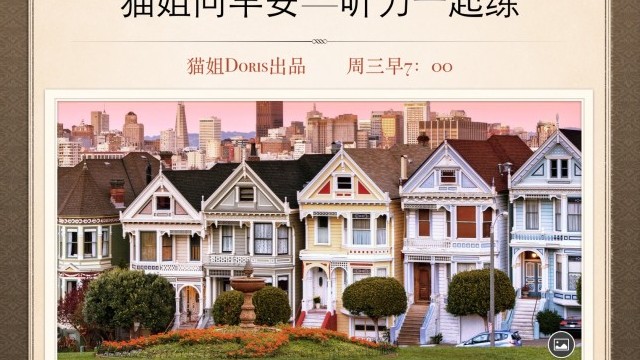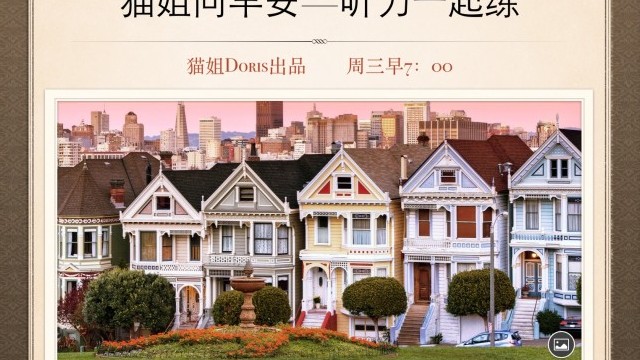托福聽力原文聽寫:競技場
來源:滬江聽寫酷
2014-11-20 09:30
托福聽力
請從正文開始聽寫^^
請從正文開始聽寫^^
Questions 40 through 42 Listen to a talk given by a history professor. The cattle ranching industry started in the new western United States in the late 1800s. As the industry developed, so did the horse riding contests that we called rodeos. Rodeos weren’t always the big entertainment shows that we see nowadays. The first ones were small contests started as a form of competition among people historically referred to as cowboys, although they did include both men and women. One duty of the cowboys was to guide herds of cattle from the grassy ranges into towns around the railroad lines where the cows were loaded onto trains. The cowboys would gather near these cow towns to compete for the unofficial title: best horse rider. They would demonstrate the riding skills they had learned as a matter of survival. The audience was composed mainly of other cowboys who watched the competitors critically since they knew what the evens all about. Rodeo contests took a different turn in the 1890s when organizers began to hold cowboy sports during yearly agricultural fairs. What was different was the audience. It consisted mostly of people who were unfamiliar with life on the range. They were amazed by the skill of the riders and the intelligence of the horses. Rodeo at agricultural fairs became so popular that ranchers and business people began to organize rodeos as independent events, separate from fairs. The organizers built large arenas and earned money by requiring spectators to pay for admission. One of the most notable rodeos of this type is still held annually in Wyoming. It’s called Frontier Days. While Frontier Days is not the first independent rodeo, it is the annual show, taking place each year since 1897.
- 相關(guān)熱點(diǎn):
- 英語學(xué)習(xí)資料
- 英語聽力
- 出國留學(xué)
- 英語四級(jí)考試時(shí)間











